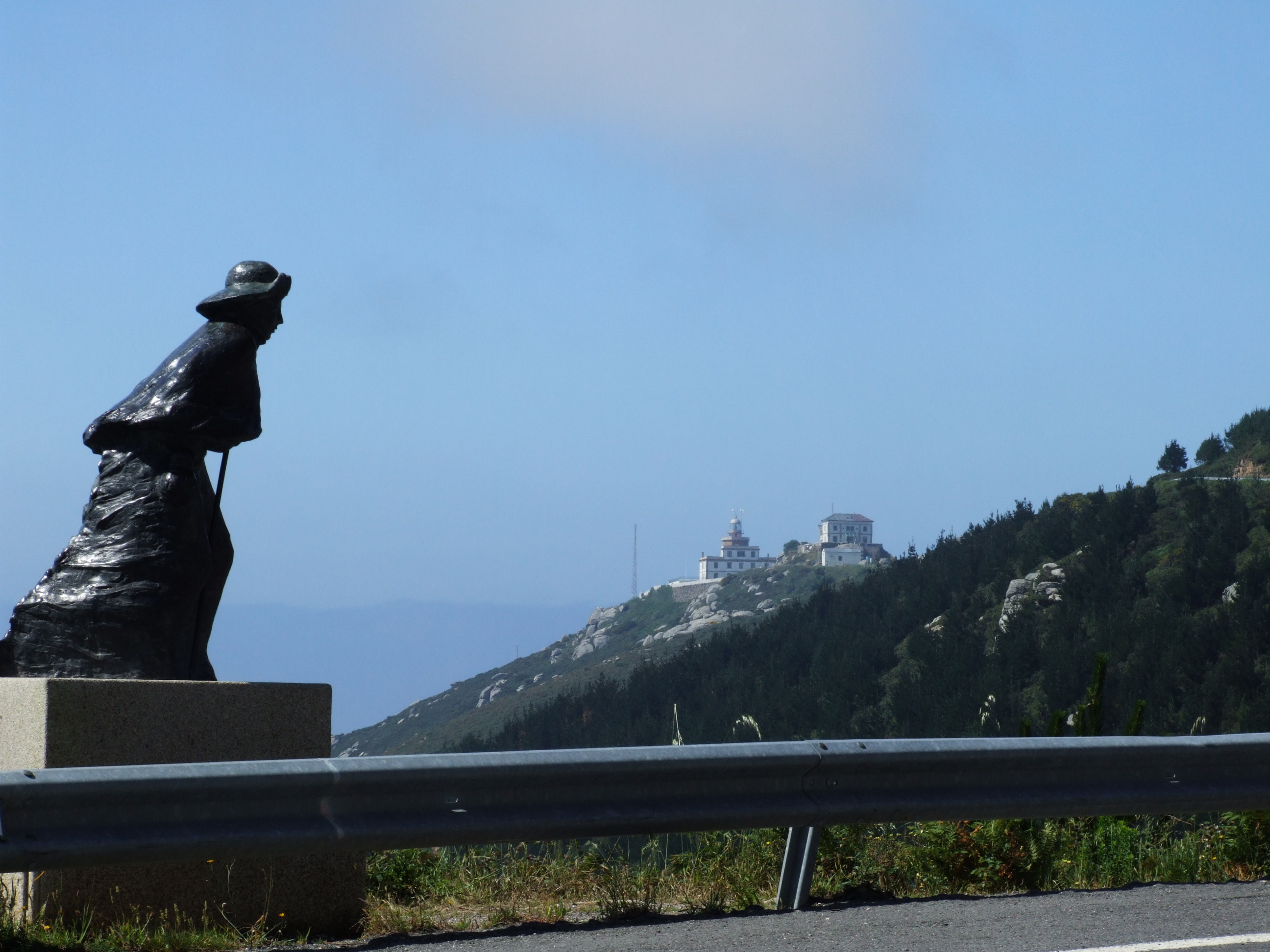The Way of Saint James: Fisterra to Muxía. The lastest route
Erea FabeiroThe fantastic last route of The Way of St. James (Camino de Santiago): The “muxiana”, from Fisterra to Muxía.
After our last post, where we explained the itinerary of one of the ways to Santiago that is having a most influence in recent times, (The Fisterrana), we present an extension of this way, which is completed with a new stage: the route from The End of the World (Fisterra) to the beautiful fishing village of Muxía, in Costa da Morte (Cost of Death), Galicia. This path is becoming increasingly well known among the pilgrims walking on different bike routes belonging to Camino de Santiago and want to explore new places in Galicia close to the sea.
It is a stage that runs very close to the Galician coast in the area of the Rías Altas, passing by beautiful rivers like Río Grande, Rego da Carballiza or Río Castro. This stage does not consist on steep and rugged terrain or high altitudes. It is quite comfortable to go through in one session.
Single stage: Finisterre to Muxía (29,3Km).
Km 0, Fisterra (all services).
We must retrace the steps that brought us to Finisterre. We return towards Langosteira Beach. We go through the parish of San Martiño de Duio. The parish church next to the road, dating from 1717 (S. XVIII), is baroque style. A beautiful place. We have already covered the first 1,7Km.
After passing San Martiño de Duio, we take a detour of 1km, with ups and downs through Escaselas (Km, 2,8), and reach Hermedesuxo de Abaixo, that we see on our left (Km 3,6). At this point, the official way braches off to the right towards San Salvador, although some pilgrims continue straight along the paved stretch. It is the well-known variant of Rostro. It links in Padris and although it is shorter, it is not worth much because you roll on asphalt.
In the last part, you see the beach of Rostro, usually through the pines, but you do not walk on the beach at any time.
If we take one or another direction, we reach the village of Padris (Km 9,7). Before us, we enjoy the view of the Atlantic Ocean, a fantastic memory that makes the Camino de Santiago by bike unforgettable. The route passes through beautiful meadows and cornfields, and ends in Canosa, where we have a picnic area where we can rest (Km 11,8).
Lires (all services)
After this short brake, we pass one of the most beautiful places in the Costa da Morte: Lires. We can even divert from the stretch of the Camino de Santiago by bike to enjoy the nearby beaches. Continuing our tour of the parish of Cee, we must pay close attention to the signs. There are several accommodation in Lires (Lires cabins, for example, is an ideal resting) and all the services of bars and restaurants. We walk uphill and left the detour to the bar on the right. It is the only town on the stage with services so it is almost bound to renew forces in this location.
We pass Lires and go down the river Castro. Crossing the river, we have already entered the council of Muxía, but we already have a long way to go. It is important to point out that in seventy meters the road branches off to the left and takes you to Vaosilveiro (Km 14,5).
After a brief detour, we connect a road that leads us to Fixe (Km 15,8). The bulk of the population is on the right and we turn left onto a track among pine trees. Later we cross a road –the official signs mark 12 Km to Muxía)- and resume the track until Guisamonde (Km 18,2).
Just over a kilometer after Morquintián, you will see a point with double signalization. Attention!! It is prudent to continue to the right following the yellow arrows painted on the asphalt. After 350 meter, the route deviates from the left and take a clear path up to the vicinity of Facho de Lourido, the highest point of the stage: 269 meters.
A wide path takes you down to the next village: Xuranantes (Km 24,7). At the exit, we take a local track and we pass near the drinking fountain of Bico. Immediately, on reaching the road, there is another little jam with the signals. In front of you, some arrows encourages you to enter a path with takes you to the beach of Lourido after a short stretch of sand dunes, but one there you, inevitably, must climb up to the road again. The official itinerary, the option we recommend, follows the road along the beach above (Km 26,1). So, there is no loss to Muxía. As soon as you enter Muxía, the signals lead us to the public shelter, turning right on Campo das Pinas Street and along Os Malatos and Enfesto streets (Km 28).
Muxía (all services)
Once settle in the hostel (there are also other private hostel near the Tourist Office), you should visit the sanctuary of Virgen de la Barca, ravaged by the fire that took place on Christmas Day 2013. Go down Manuel Lastres Street and turn right to Calle Real. On the way to the shrine we can get into the tourist office, where we can pick up de Muxiana. A heavenly place where you will find nature, leisure, entertainment and crowds of options to complete your trip.

